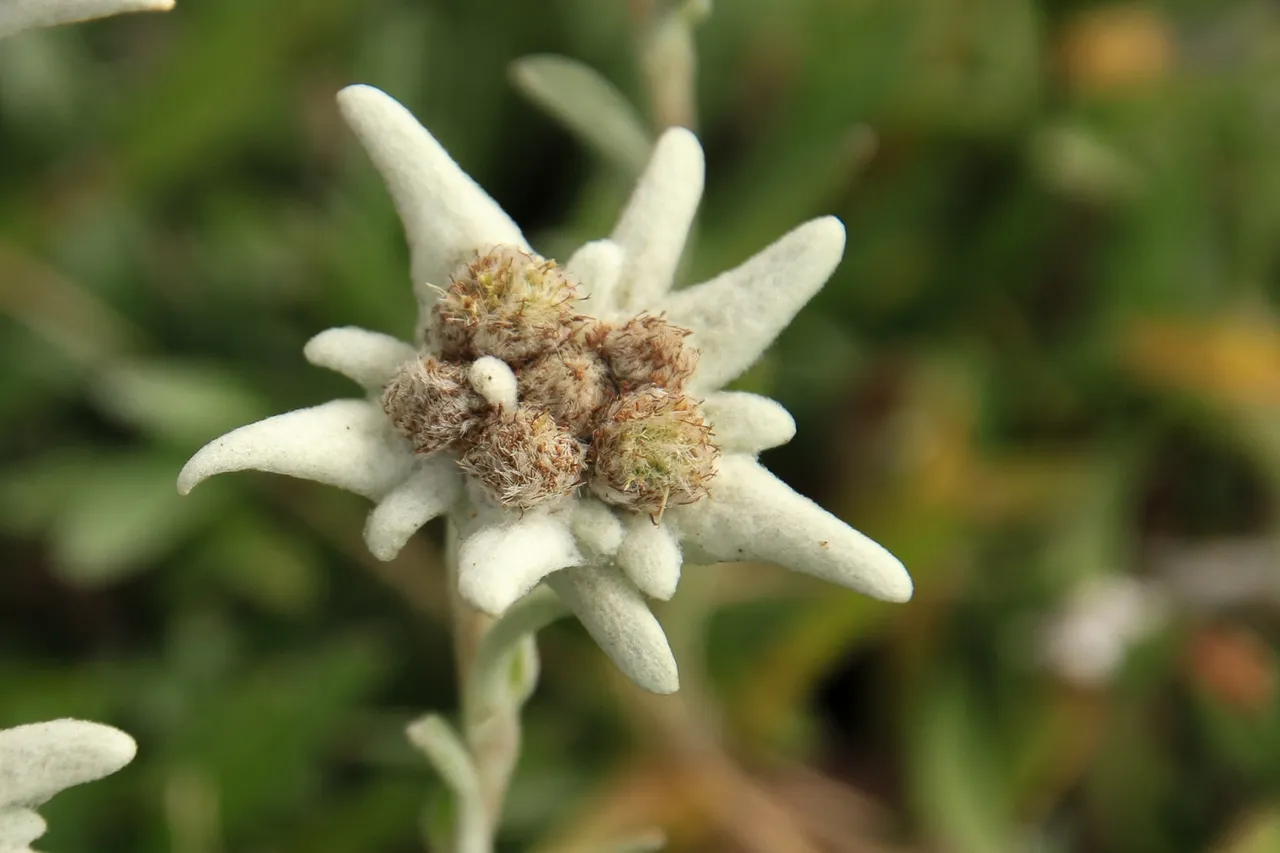
Meanwhile I could set camp at the edge of the Allgäu Alps in Bavaria. If you have followed my blog over the past years you will know that the Allgäu is one of my favorite destinations to go hiking and to enjoy being outside in nature.
Last weekend I set out for my first tour in the Kleinwalsertal. Starting point was the Austrian village Hirschegg which can be reached in a 15 min car drive from Oberstdorf:
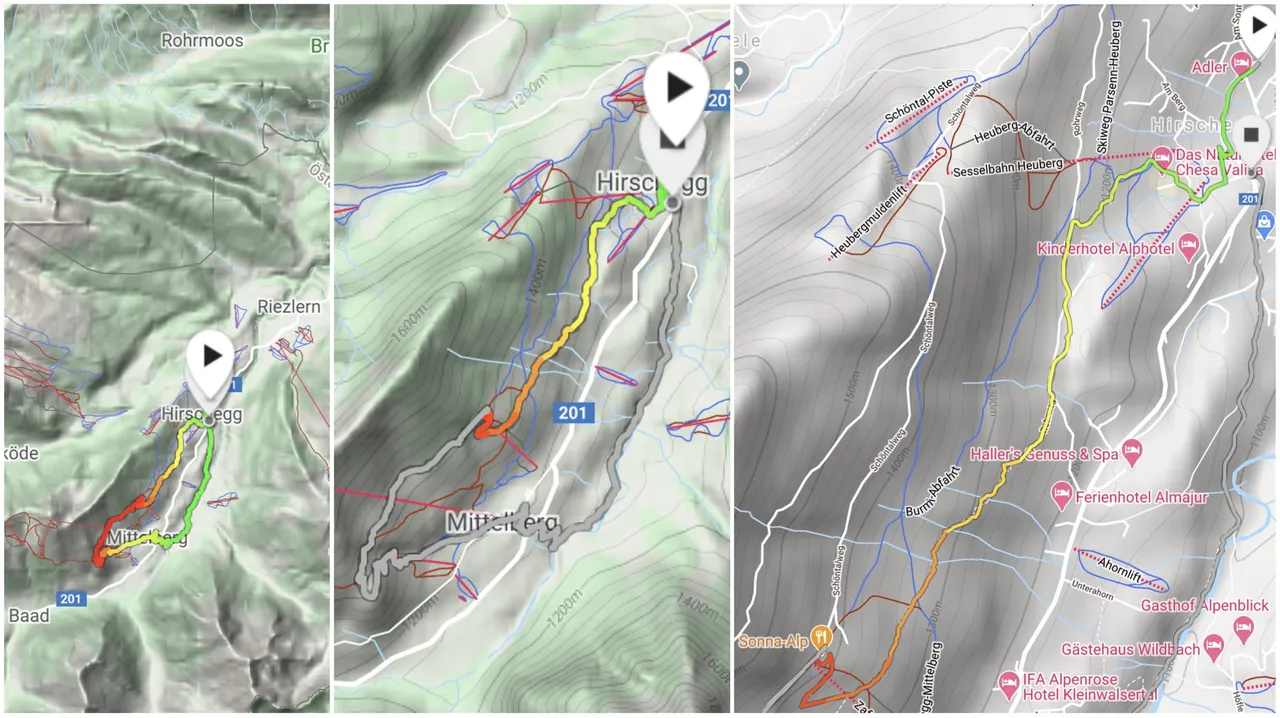
The Kleinwalsertal is traffic-wise an Austrian exclave since it can only be accessed via Germany. On foot however it is possible to exit the valley into the further Vorarlberg-region.
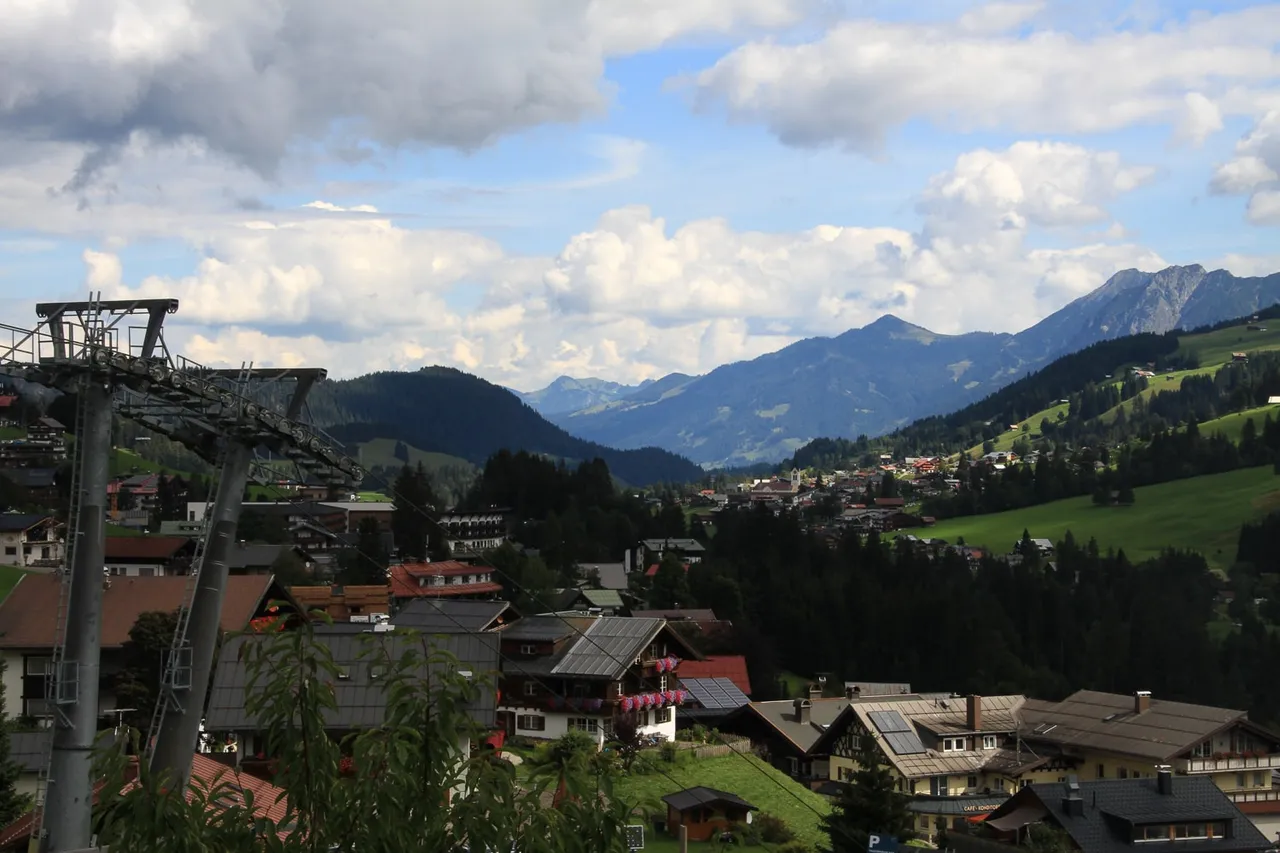
Starting the ascent towards the panorama route from Hirschenegg.
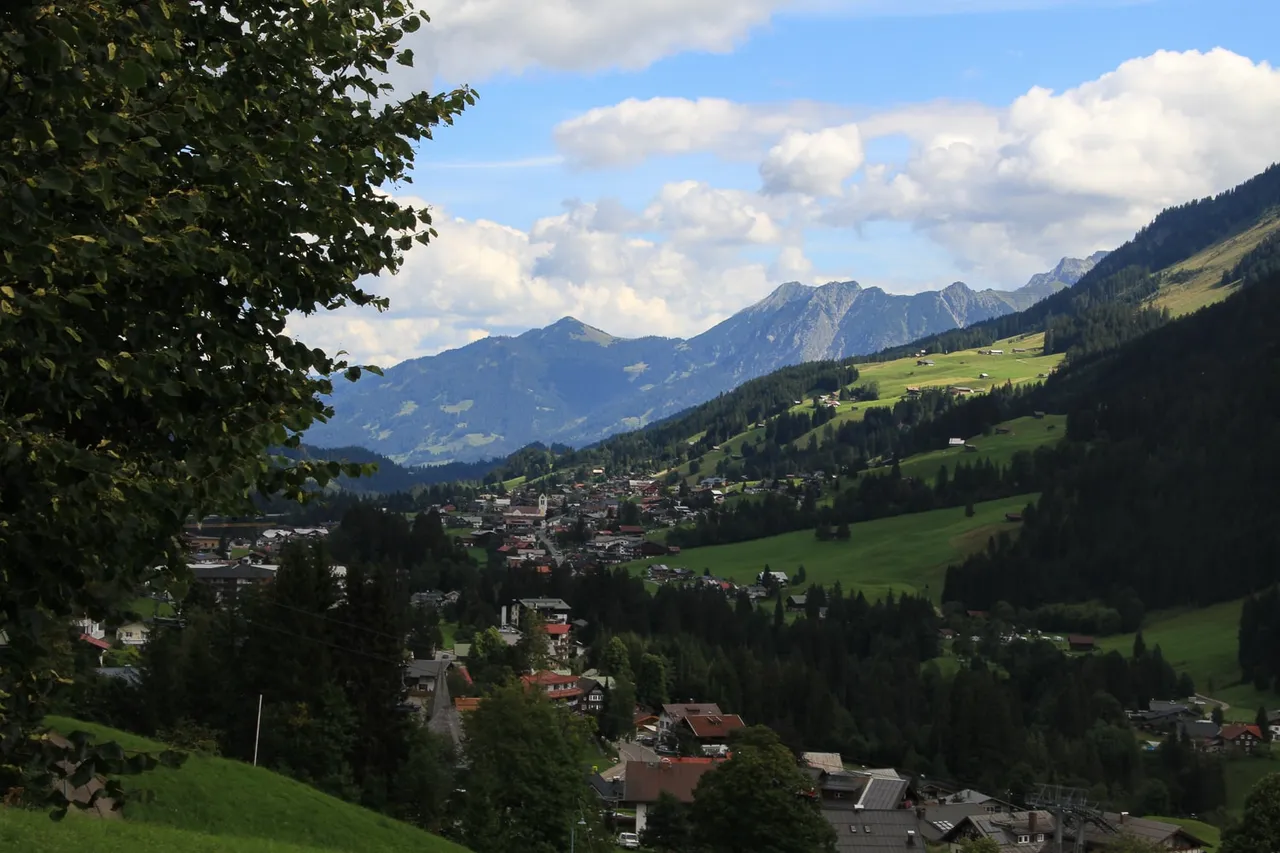
In the background the first ridge of the Bavarian Allgäu Alps. The Nebelhorn, Oberstdorf's landmark mountain is just covered by the Kleinwalsertal foothill to the right.
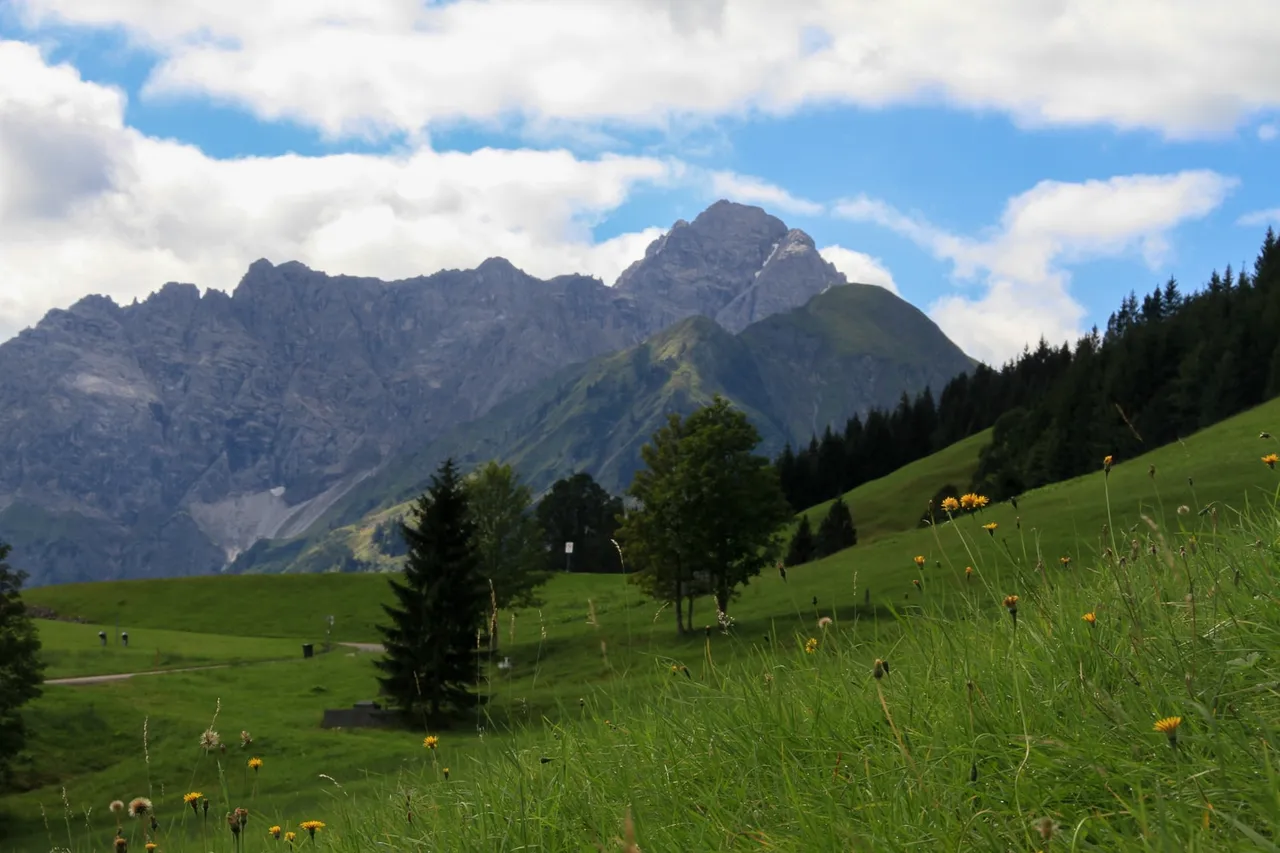
Looking towards the Kleiner Widderstein, with 2236 m one of the most prominent peaks in the Kleinwalsertal.
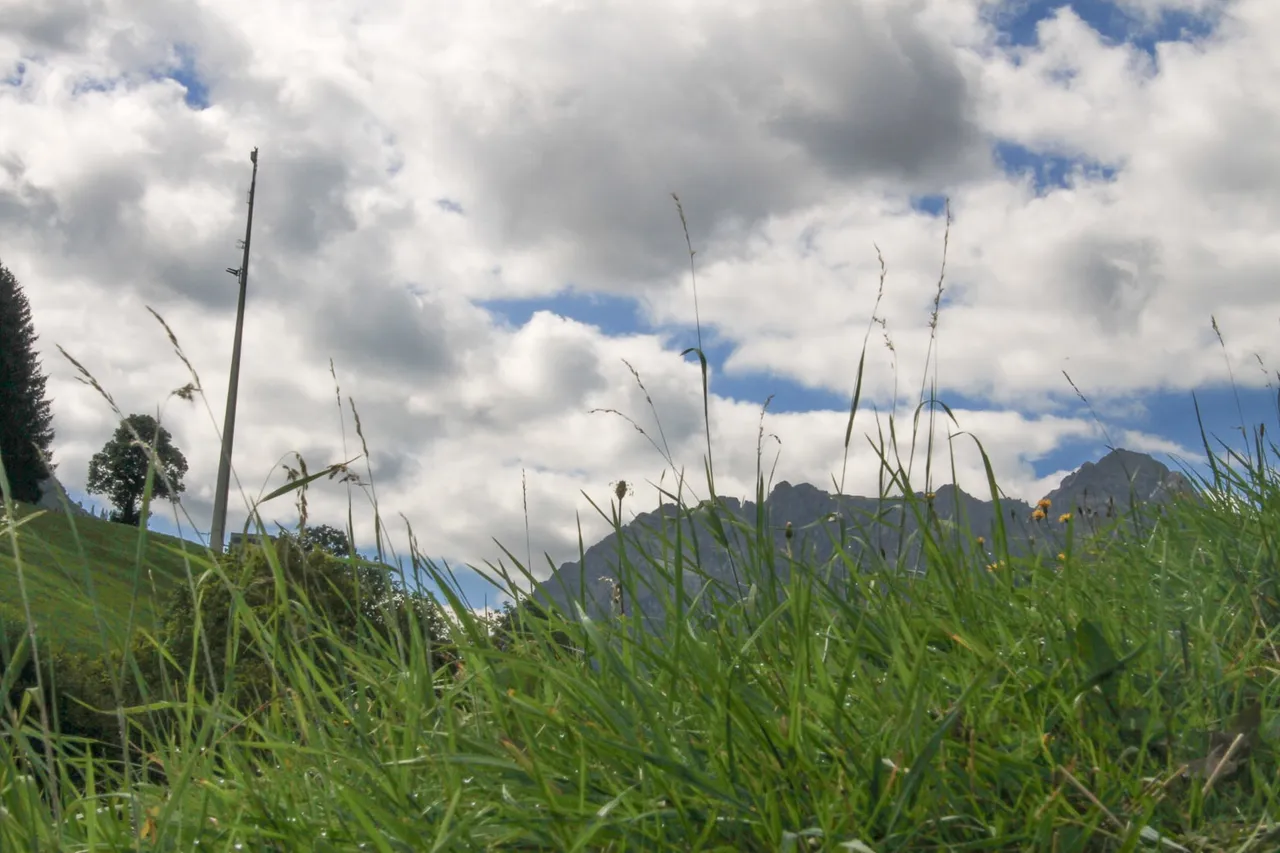
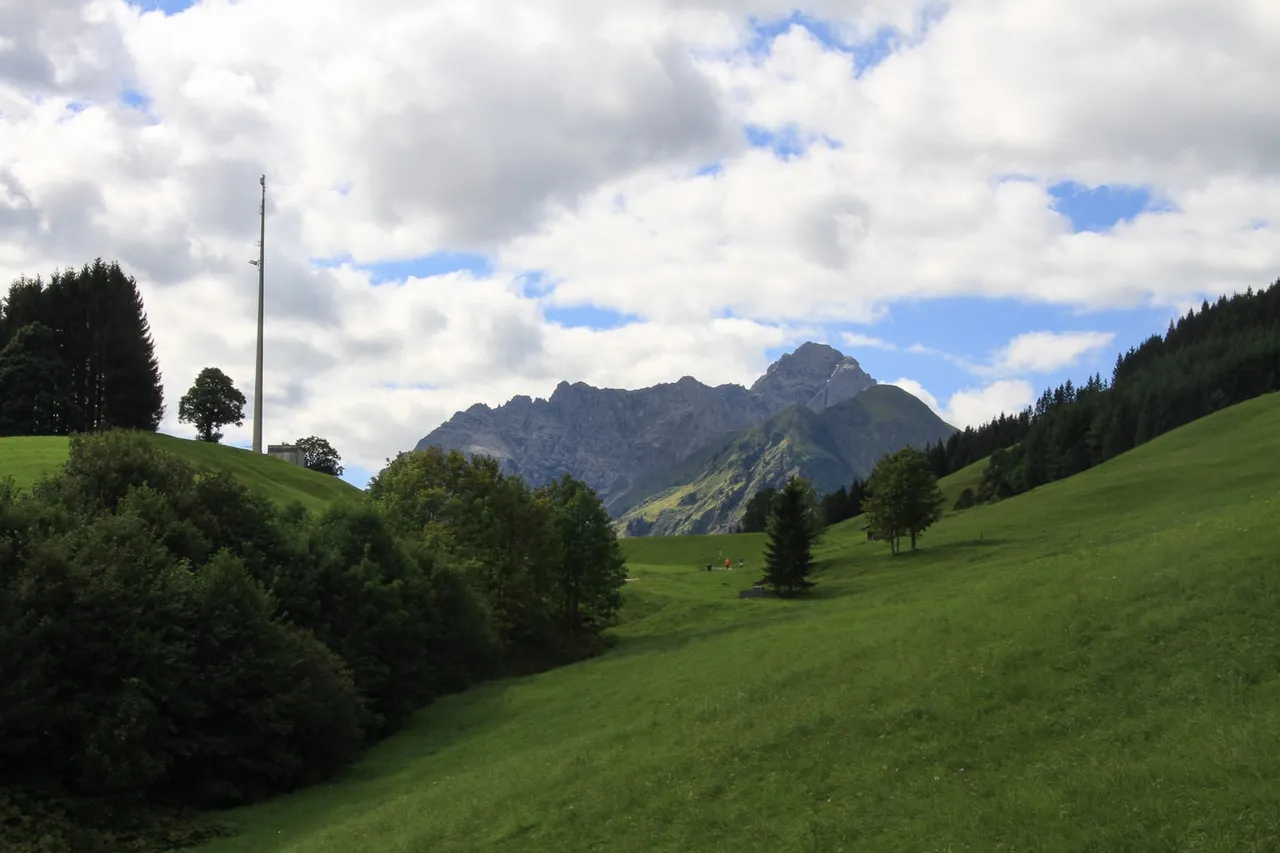
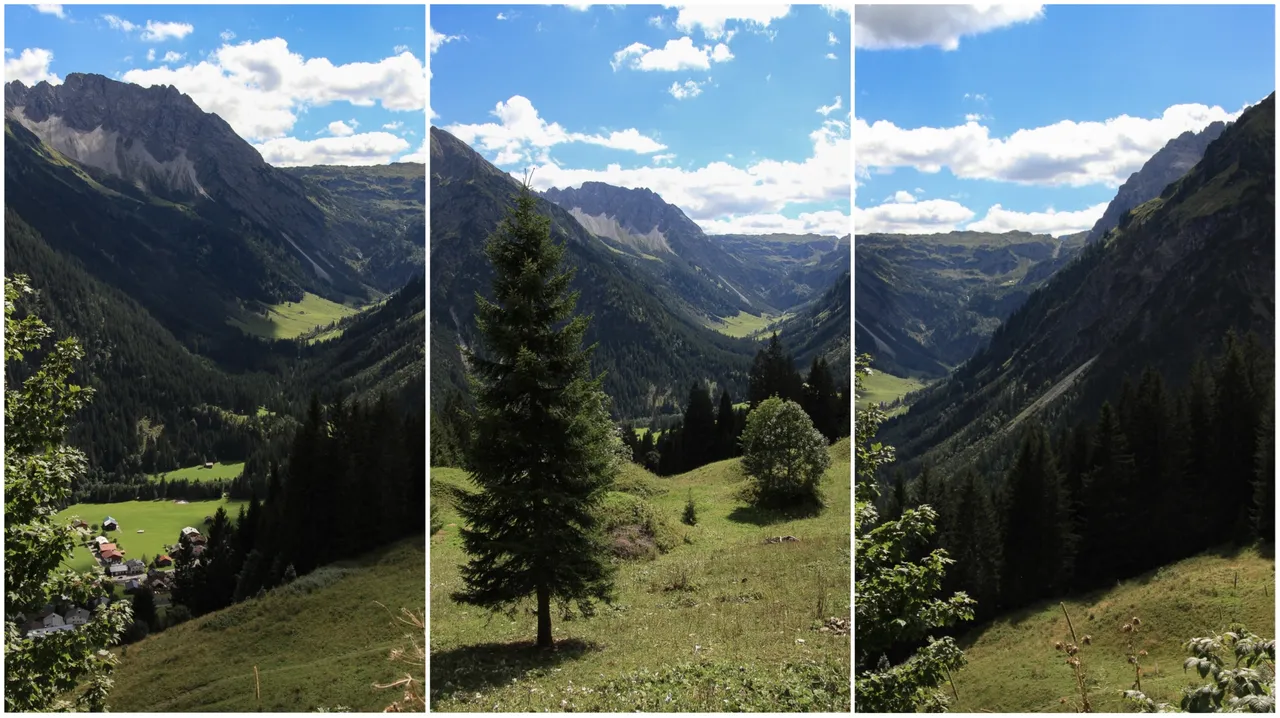
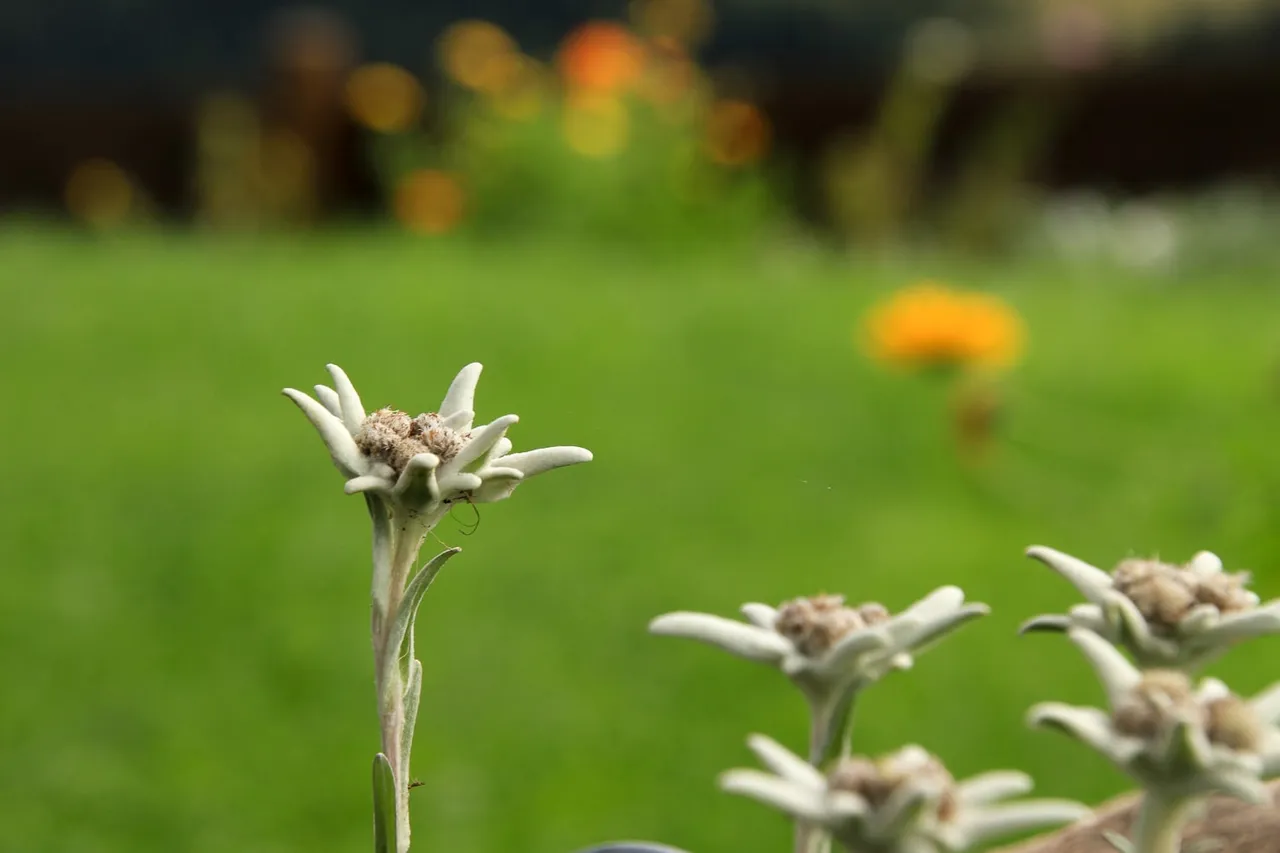
Edelweiss (Leontopodium nivale) - the classic.
Usually found in hard to reach alpine meadows and steep slopes. Not this one, as it was grown in a front garden as a potted plant.
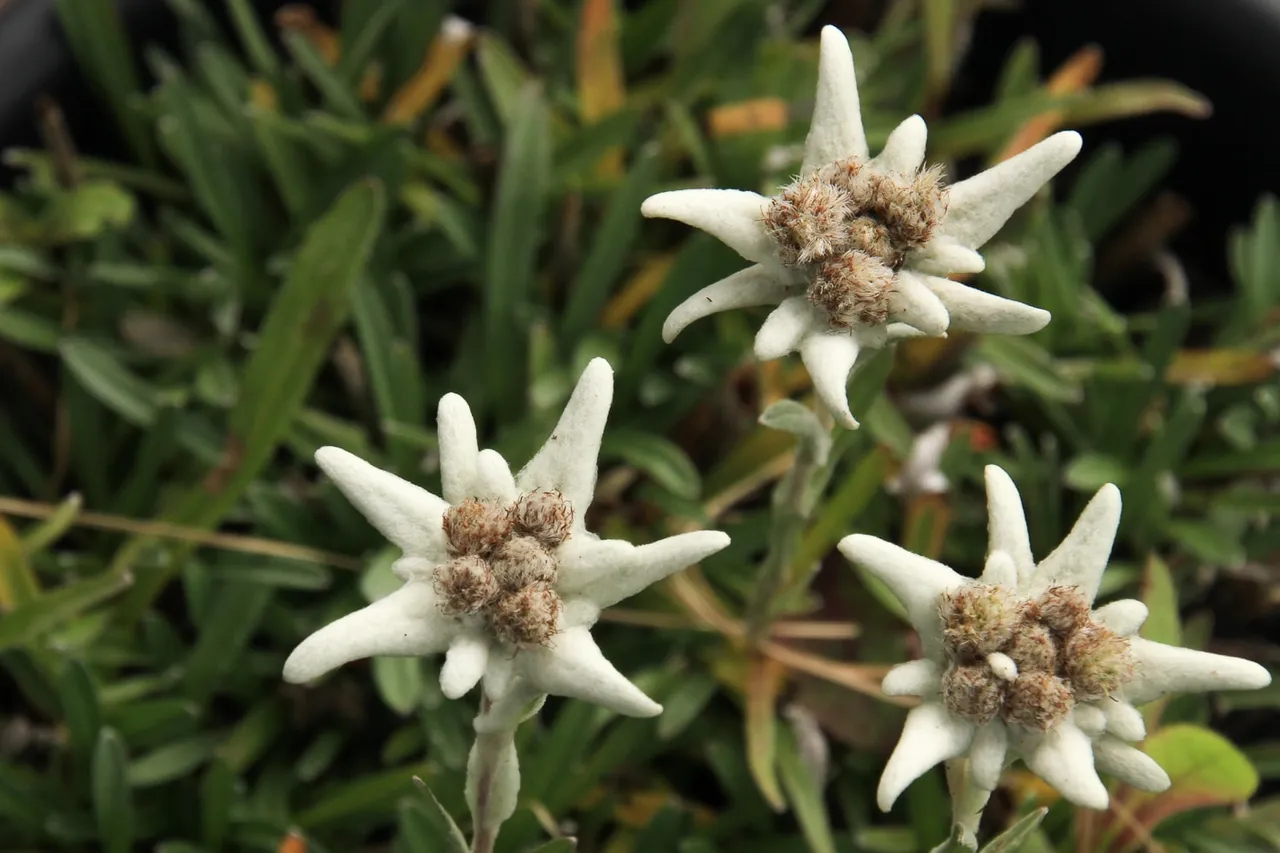

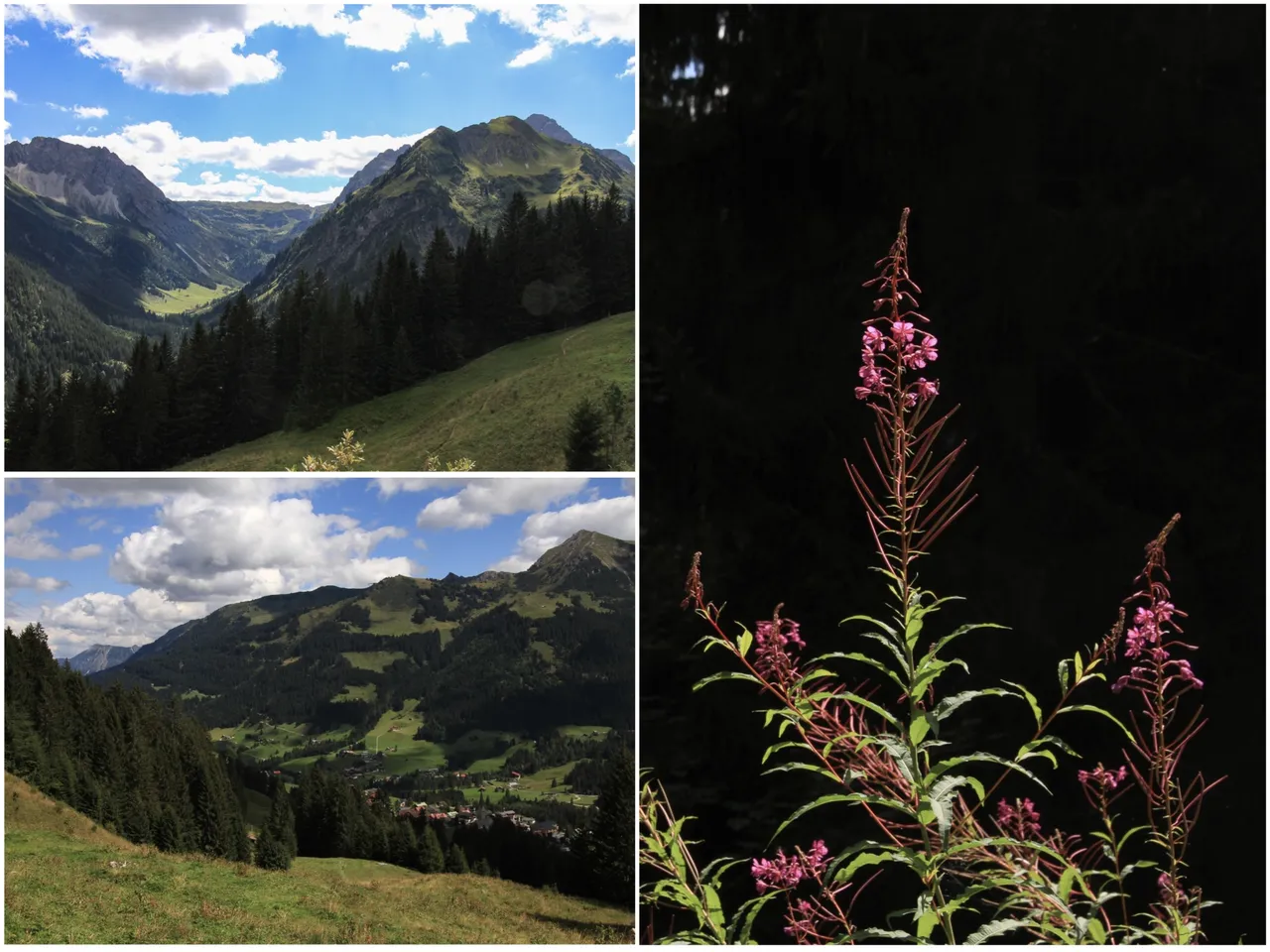
The Himalayan Impatiens glandulifera ("Policeman's helmet") became an ubiquitous plant in the region. It's decorative but highly invasive, displacing endogenous plants wherever it grows. Here it is known as "Japanisches Springkraut". A light touch and thier ripe pods burst open and hurl seeds far into the environment.
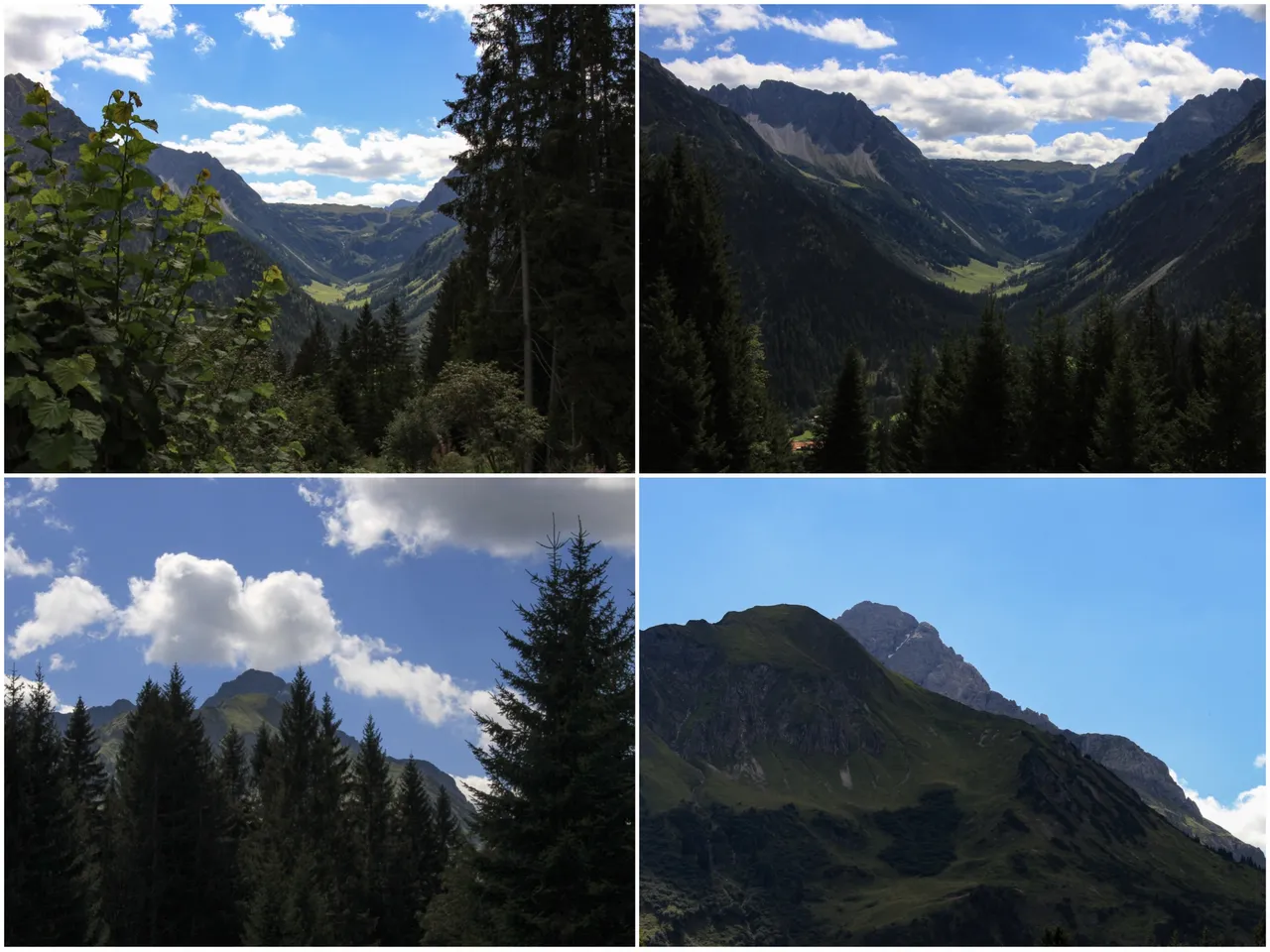
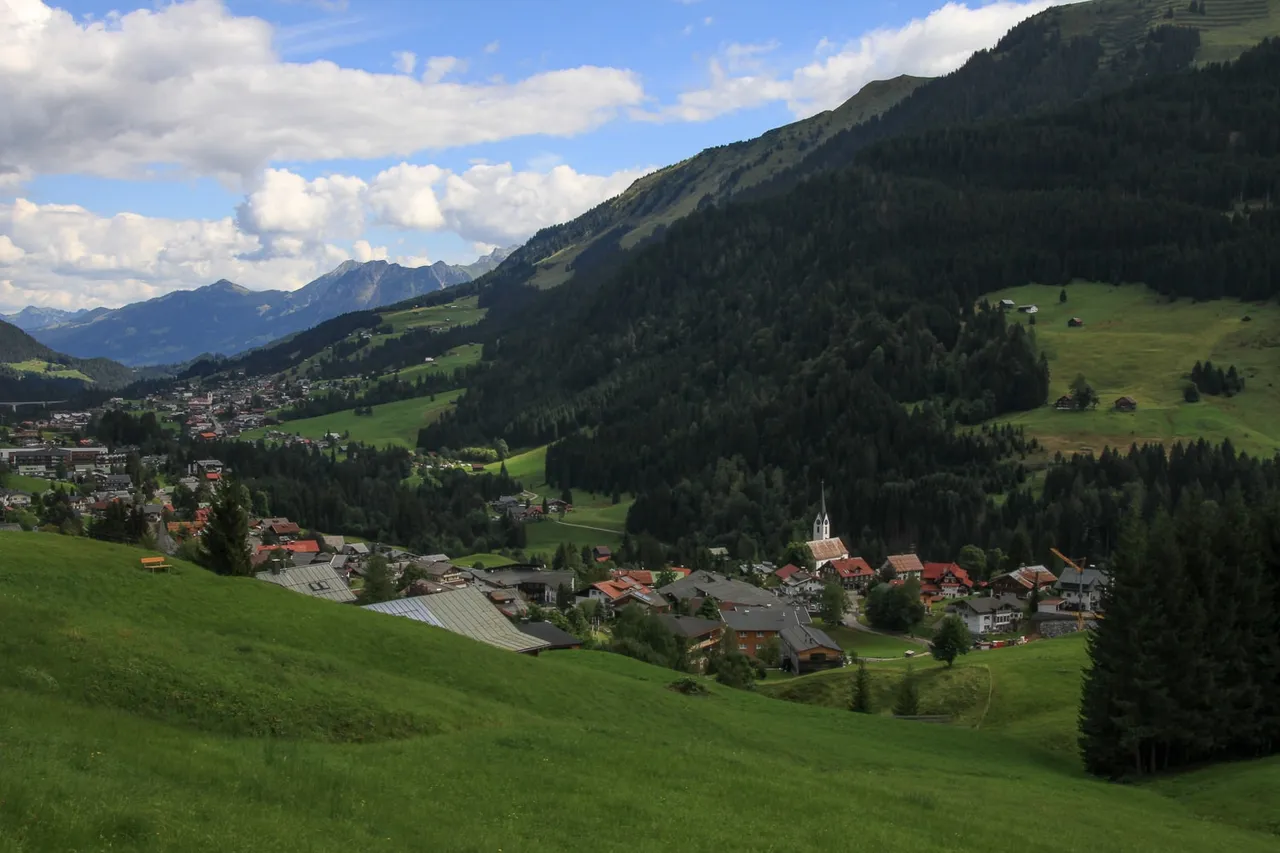
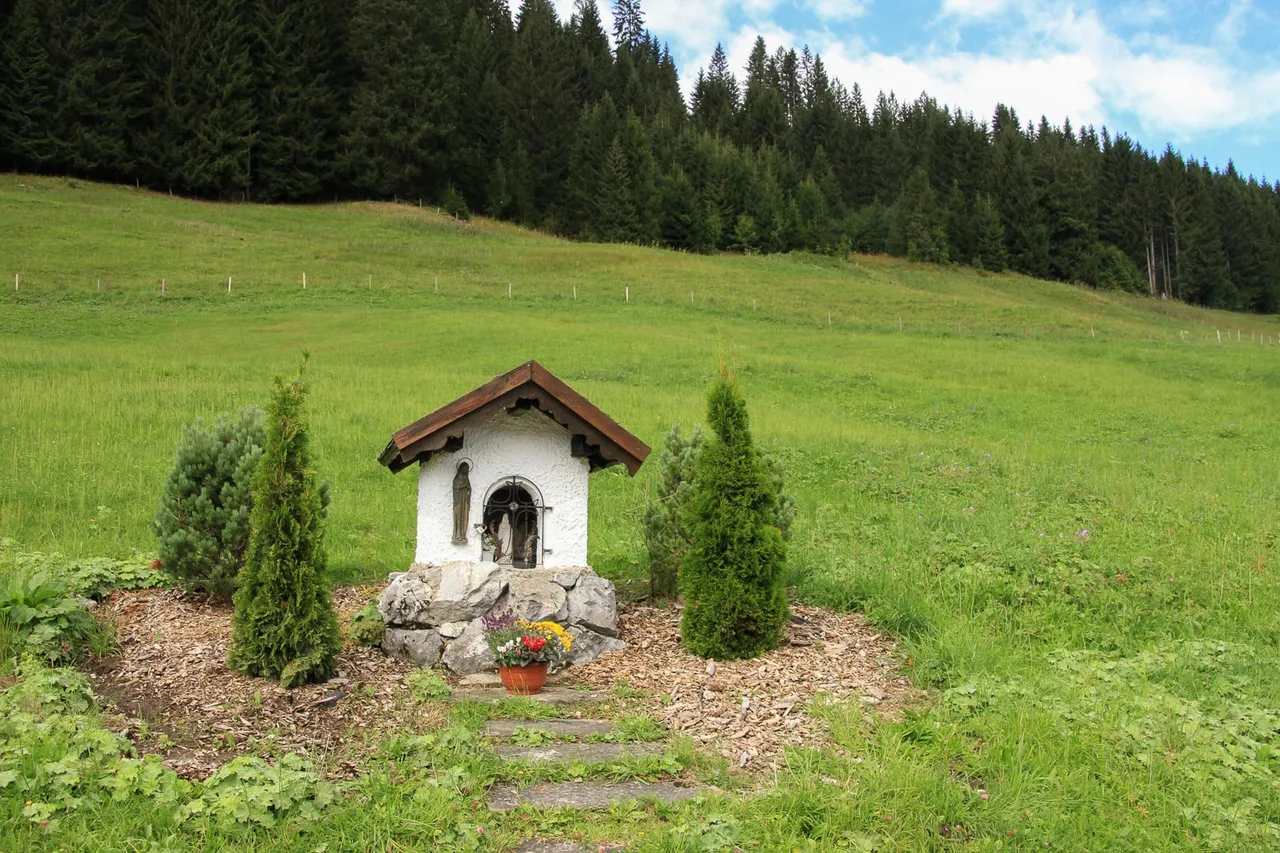
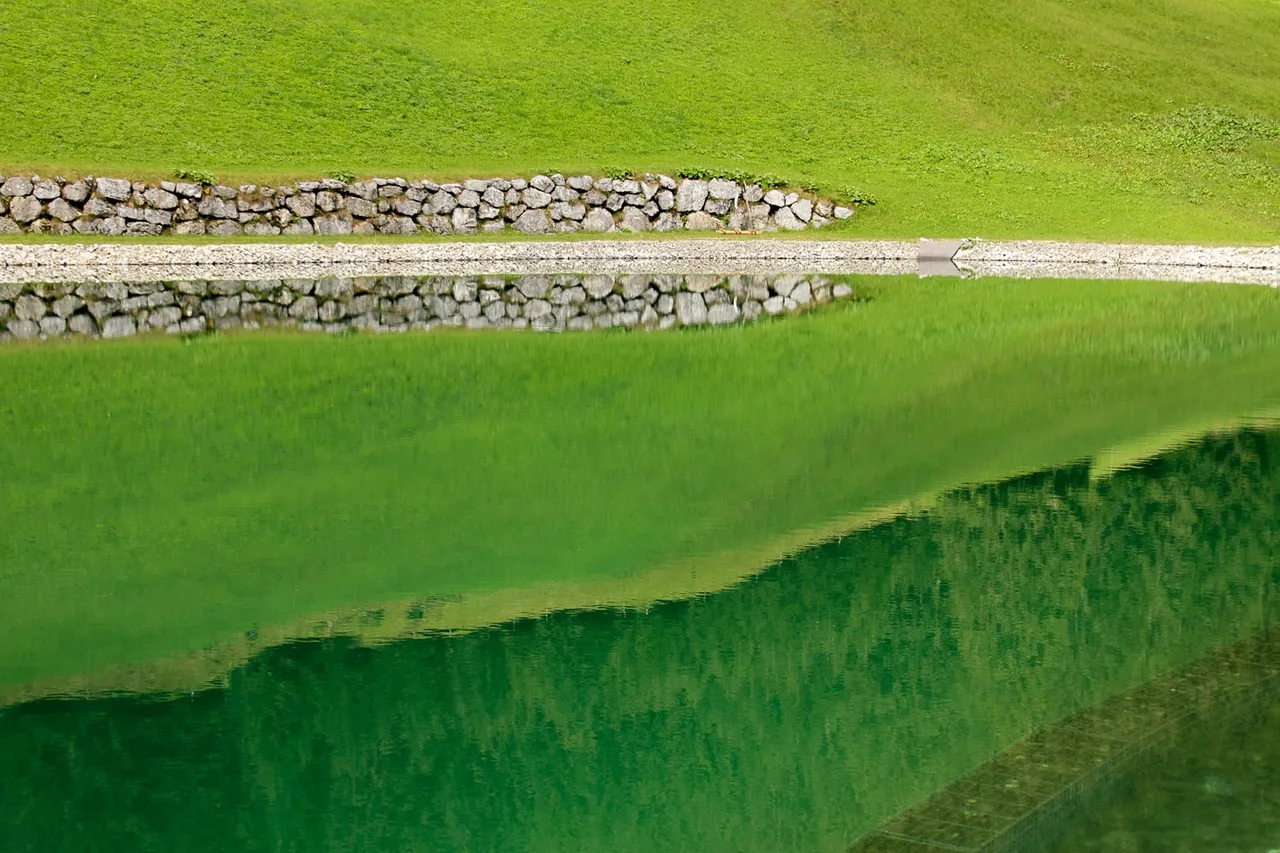
A small reservoir along the way.
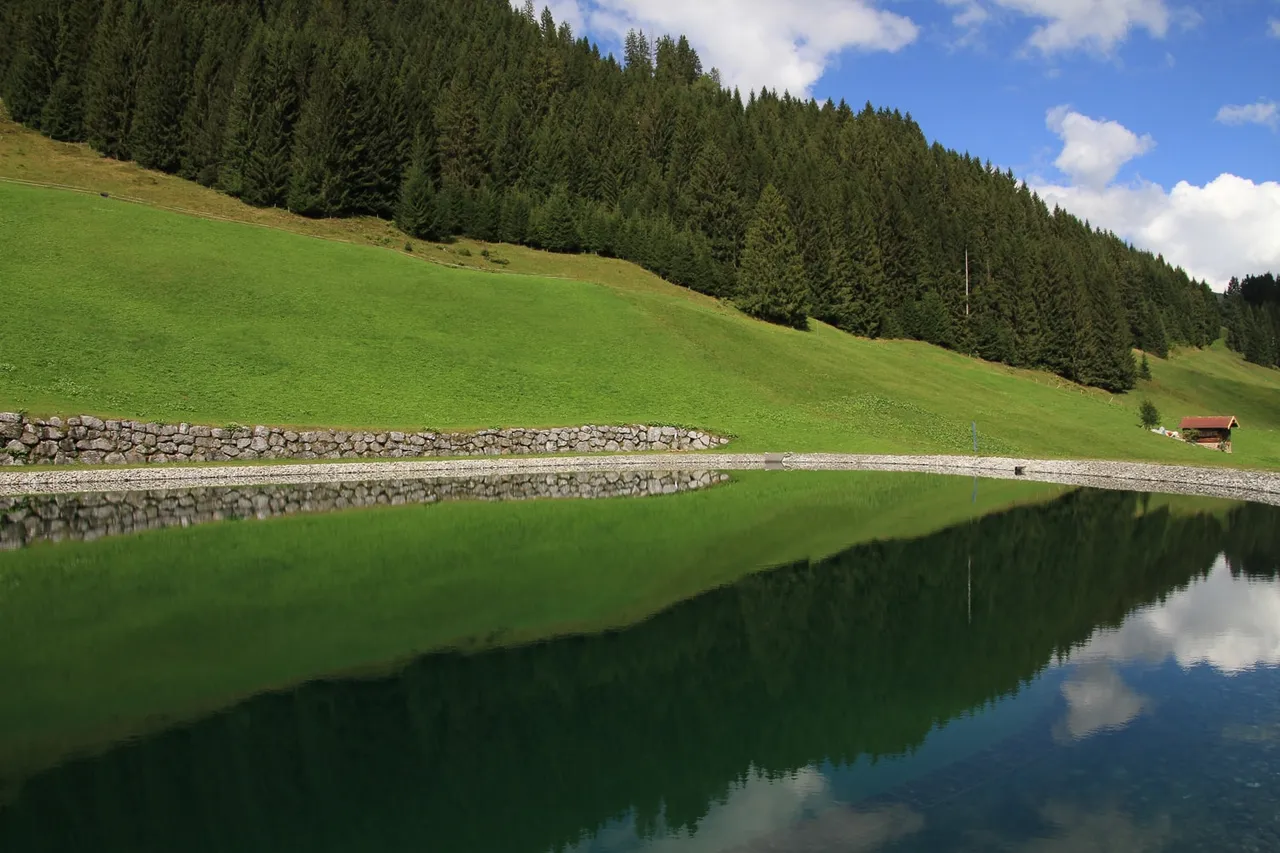

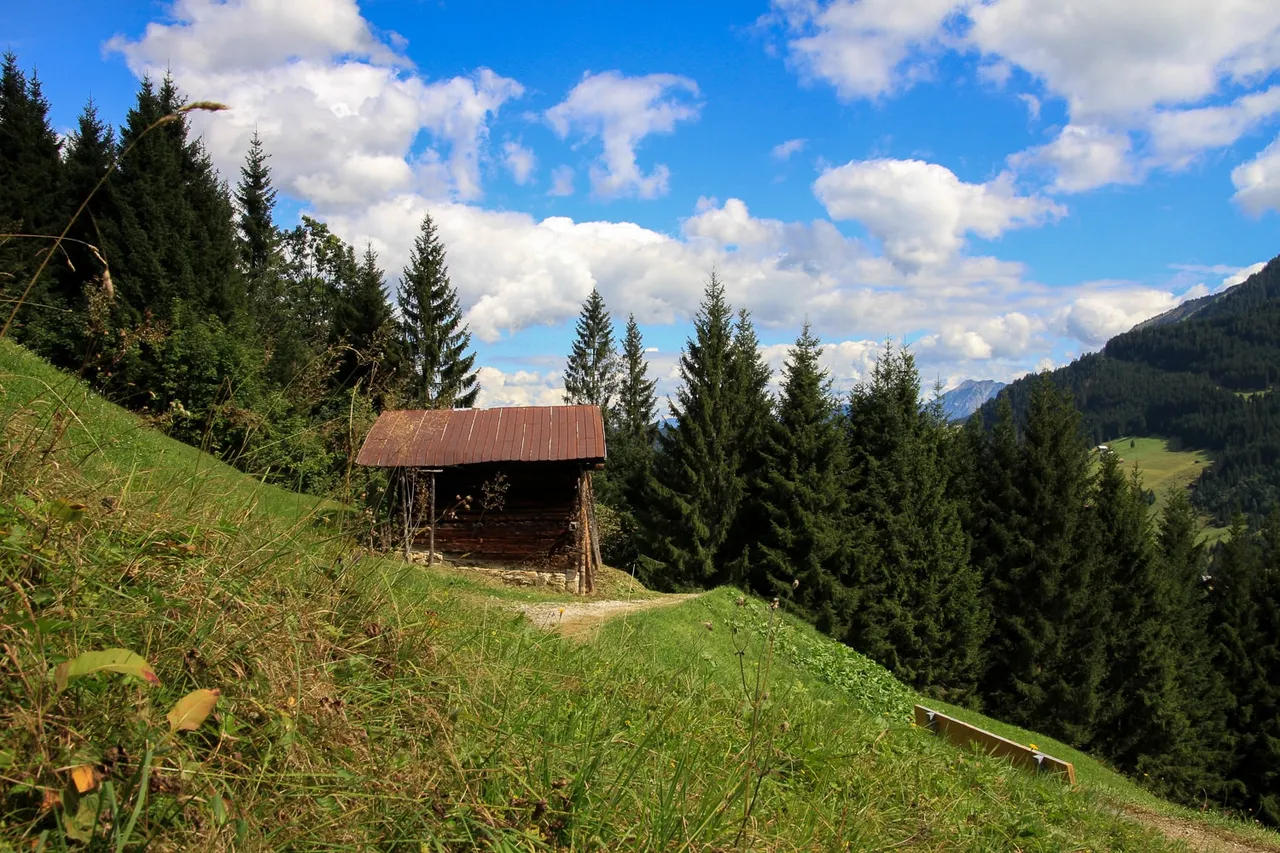
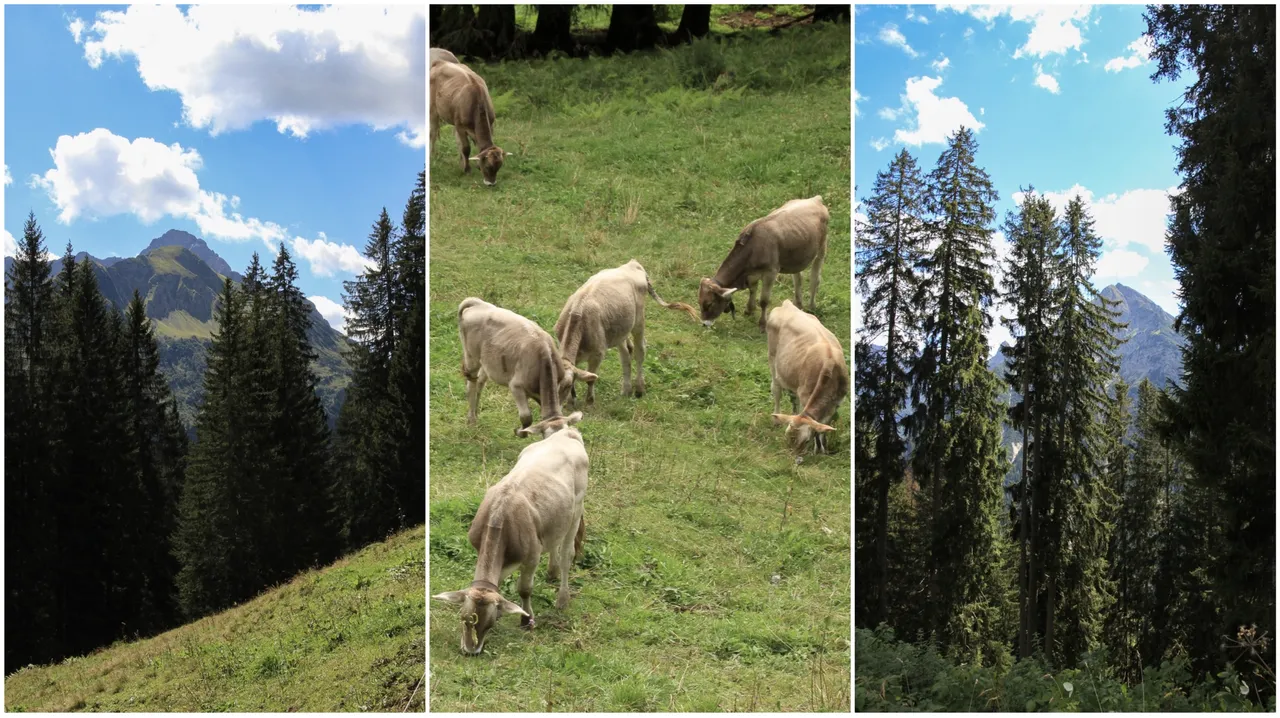

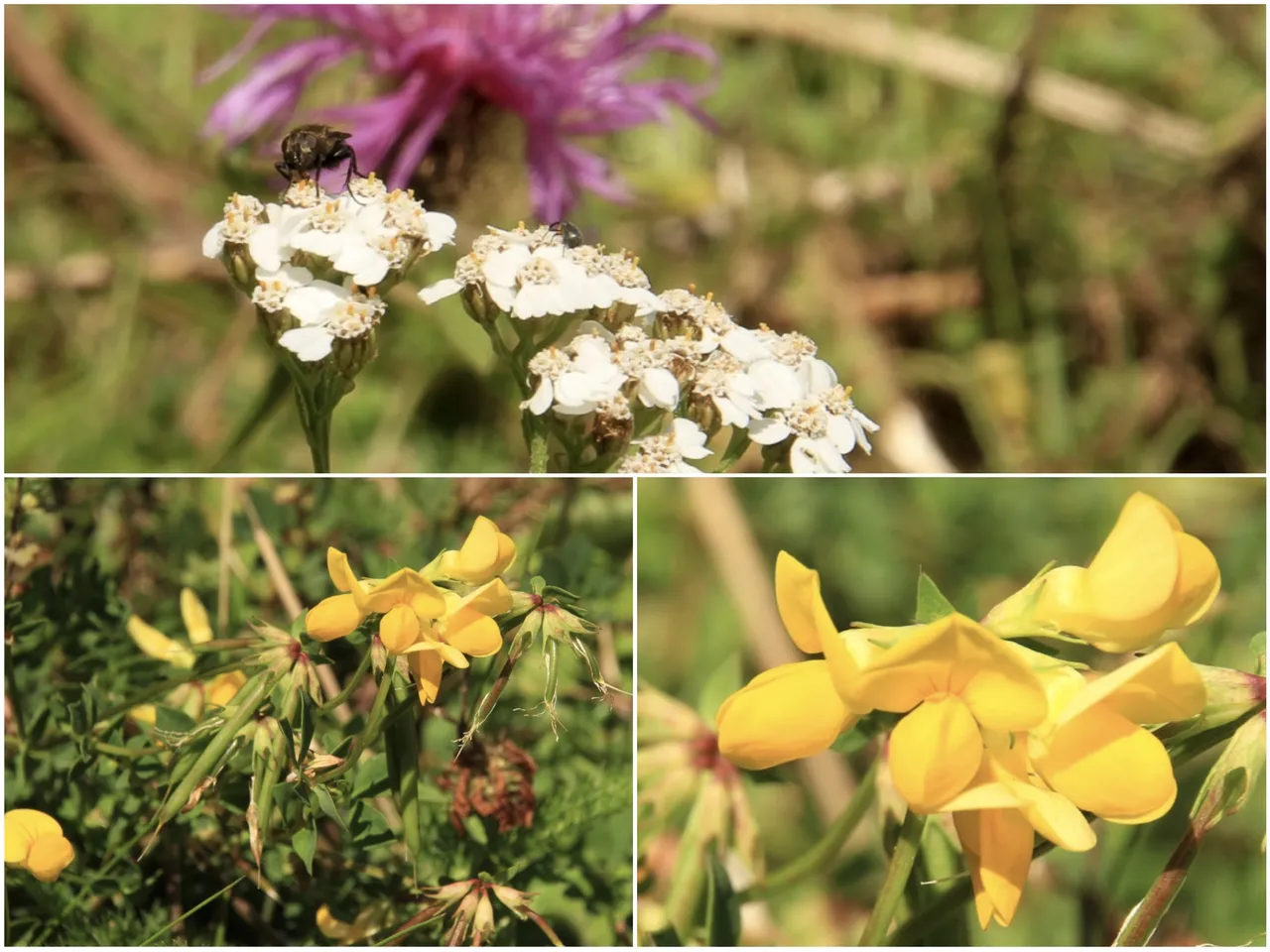
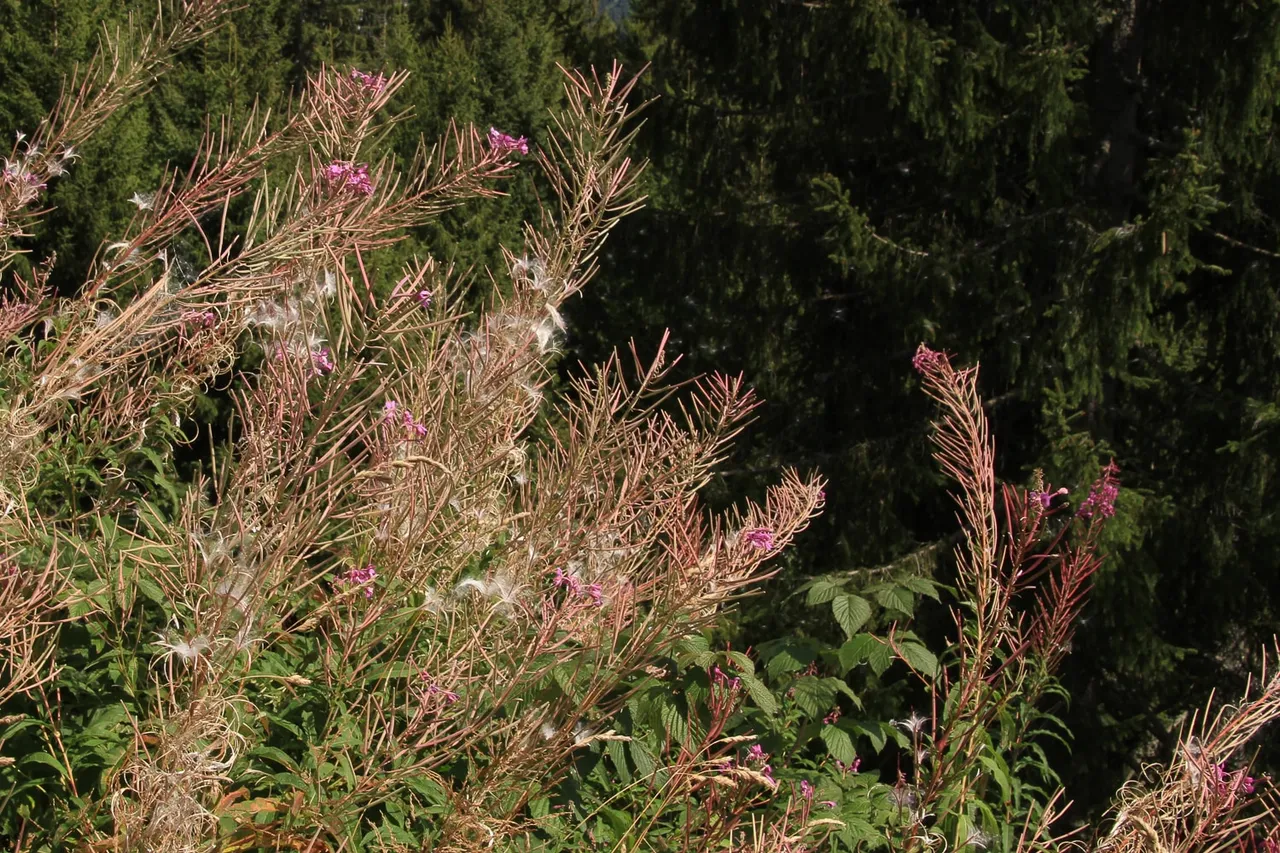
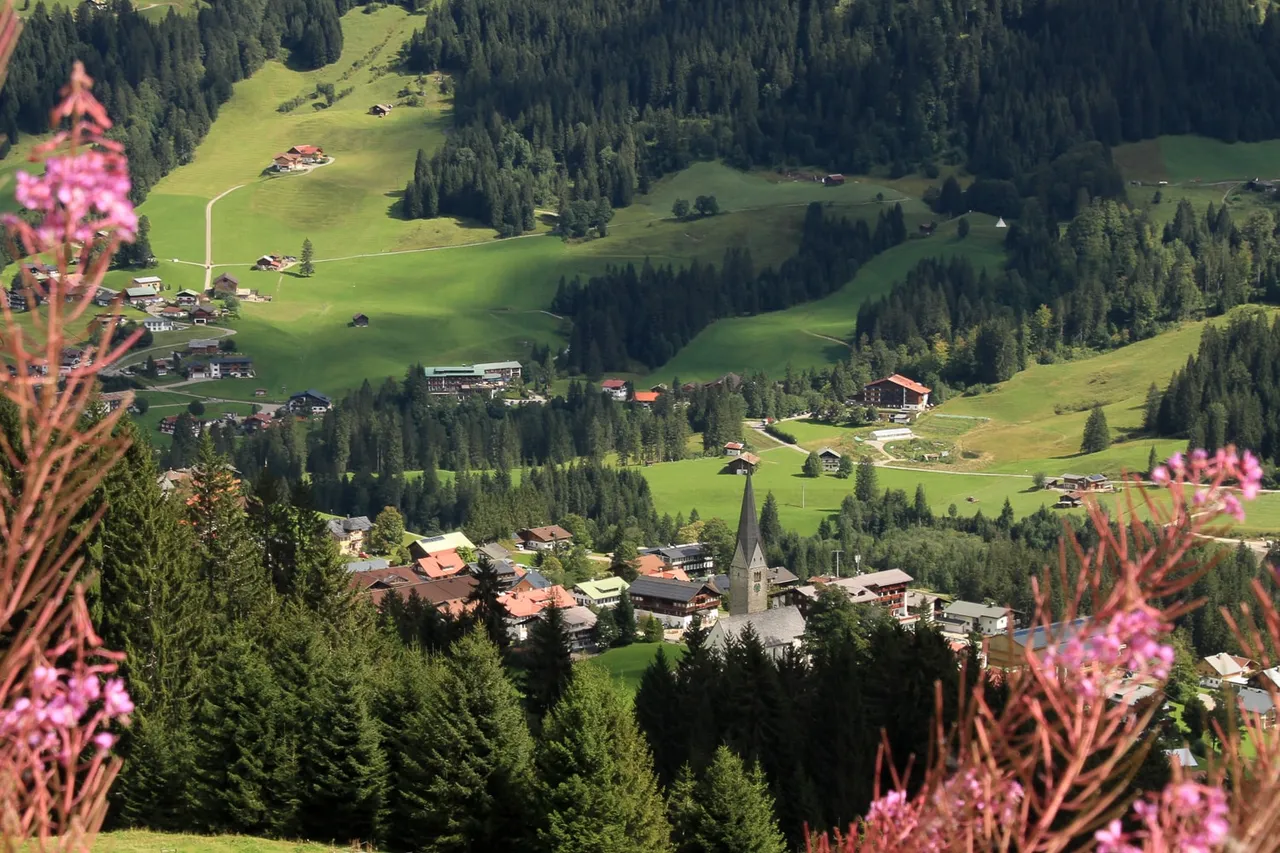
Down in the valley the village Mittelberg.
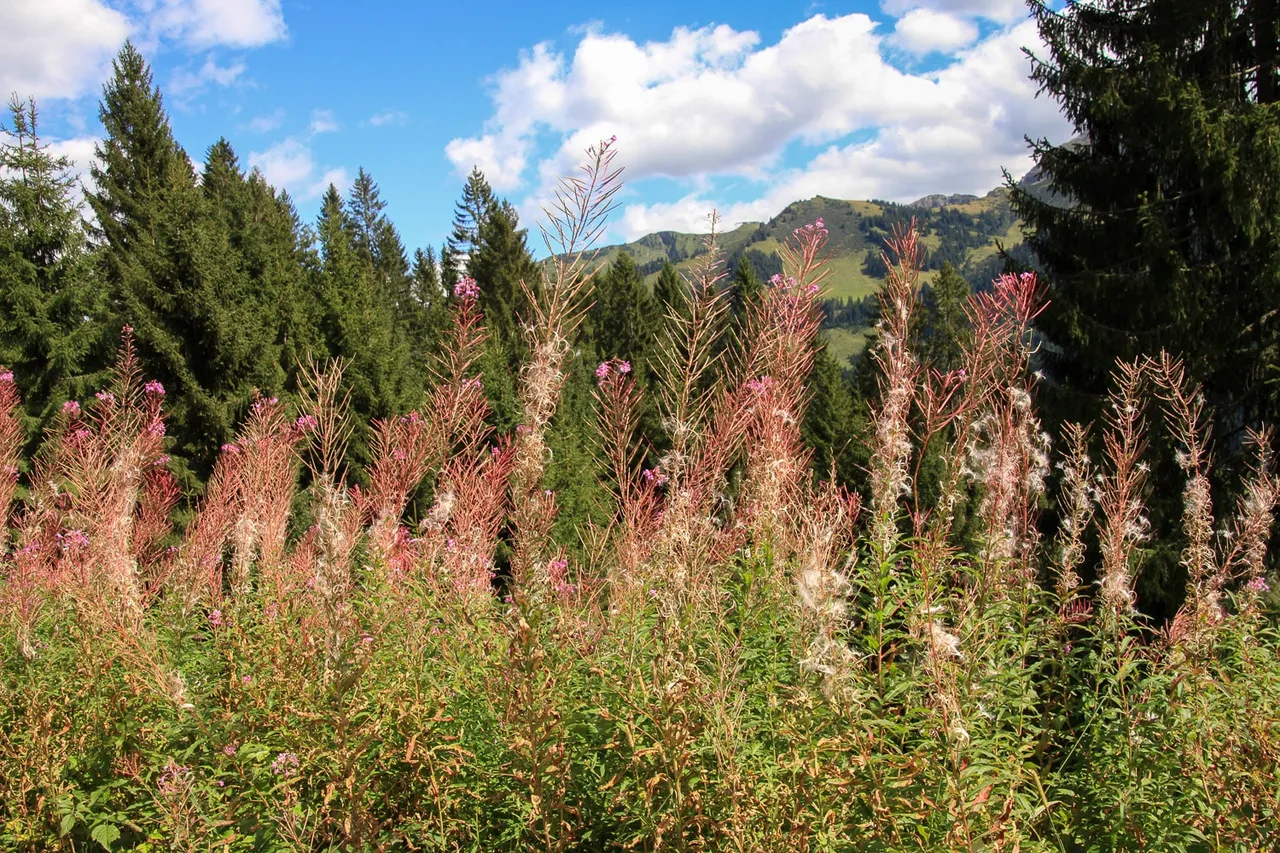
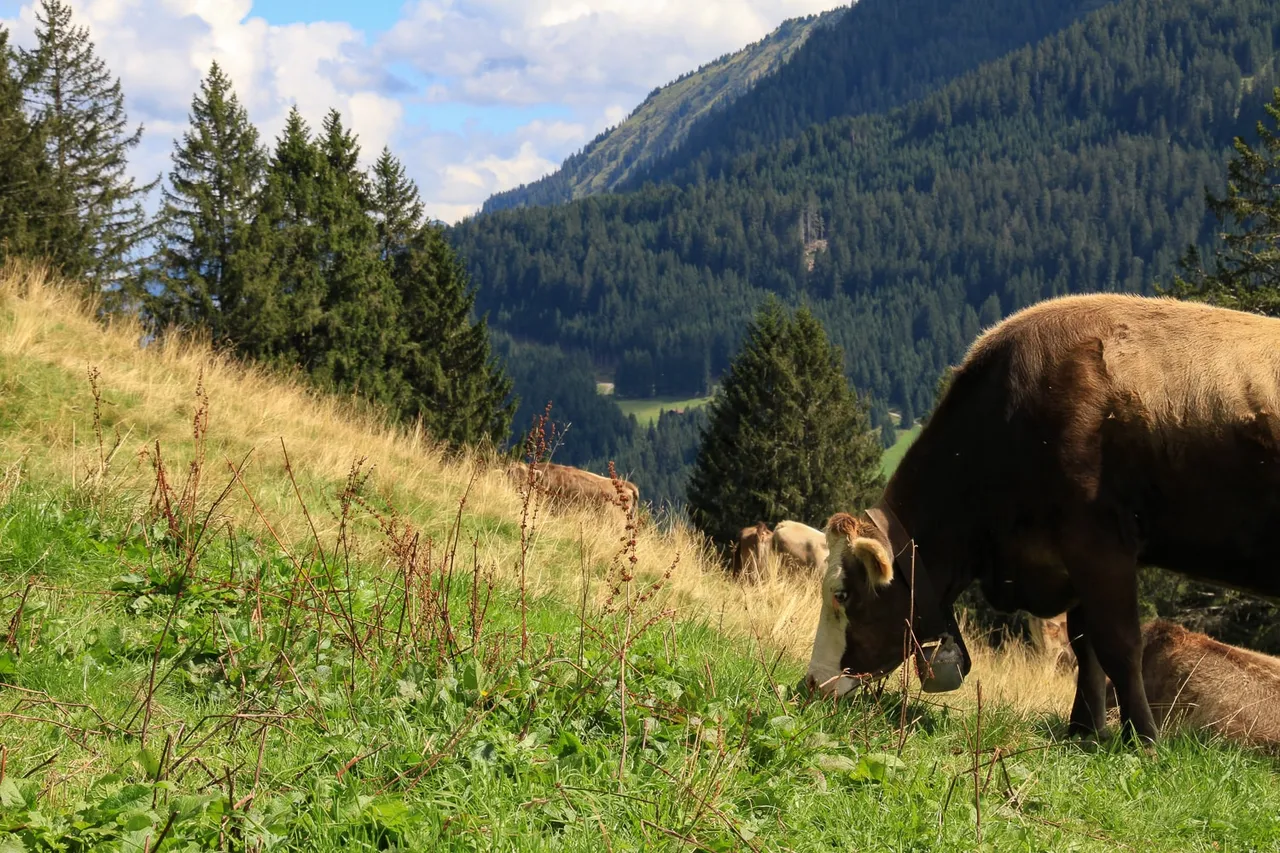
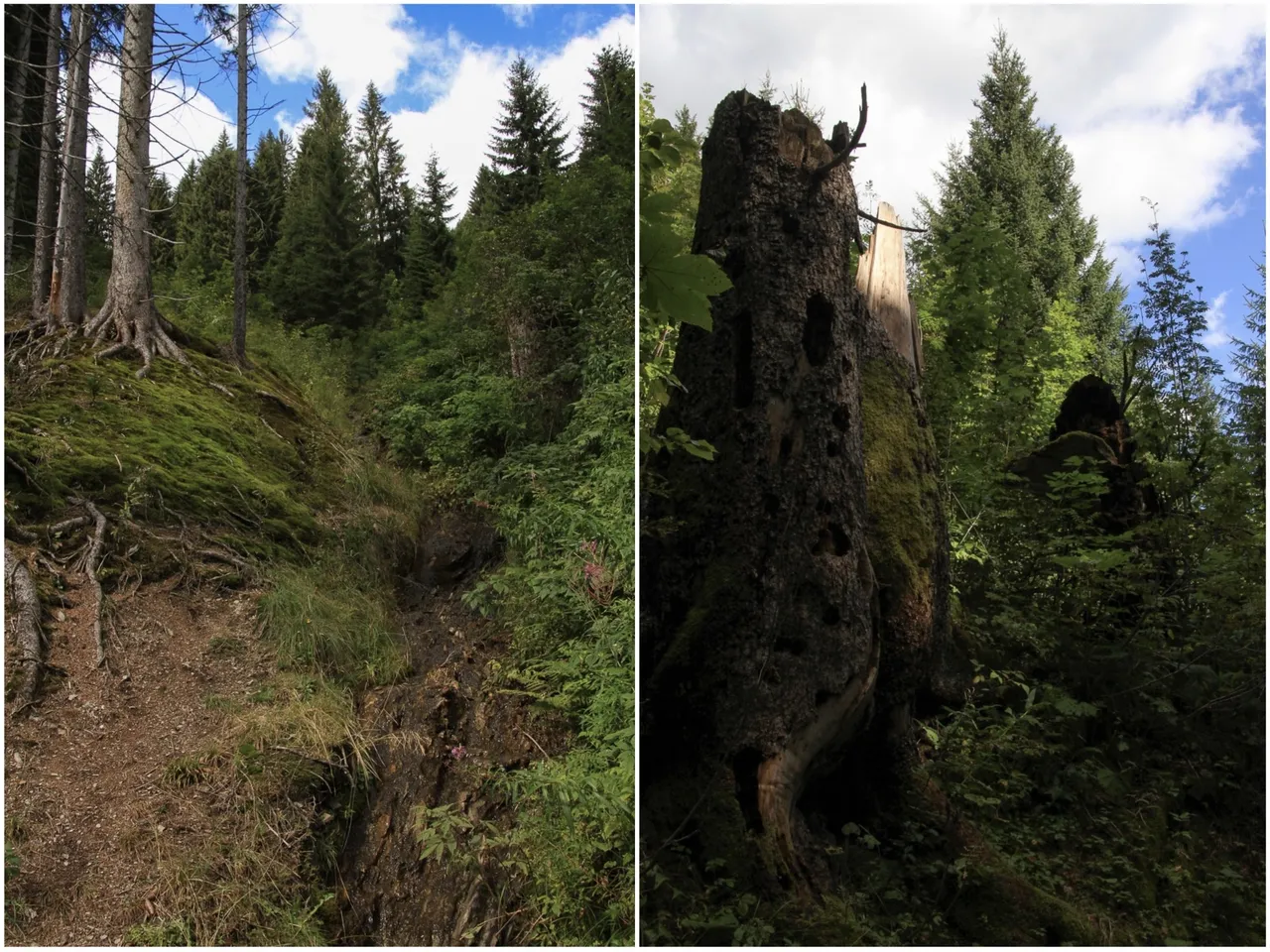
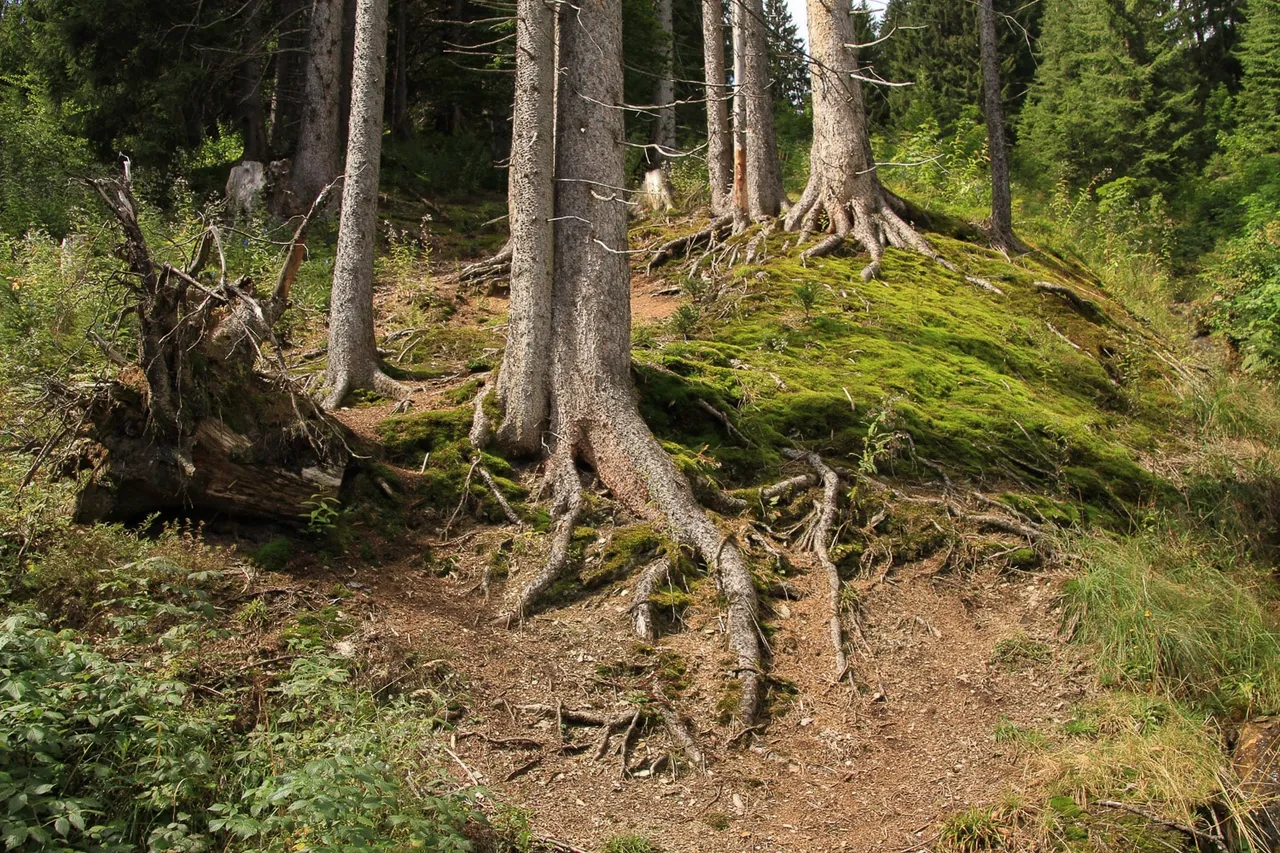

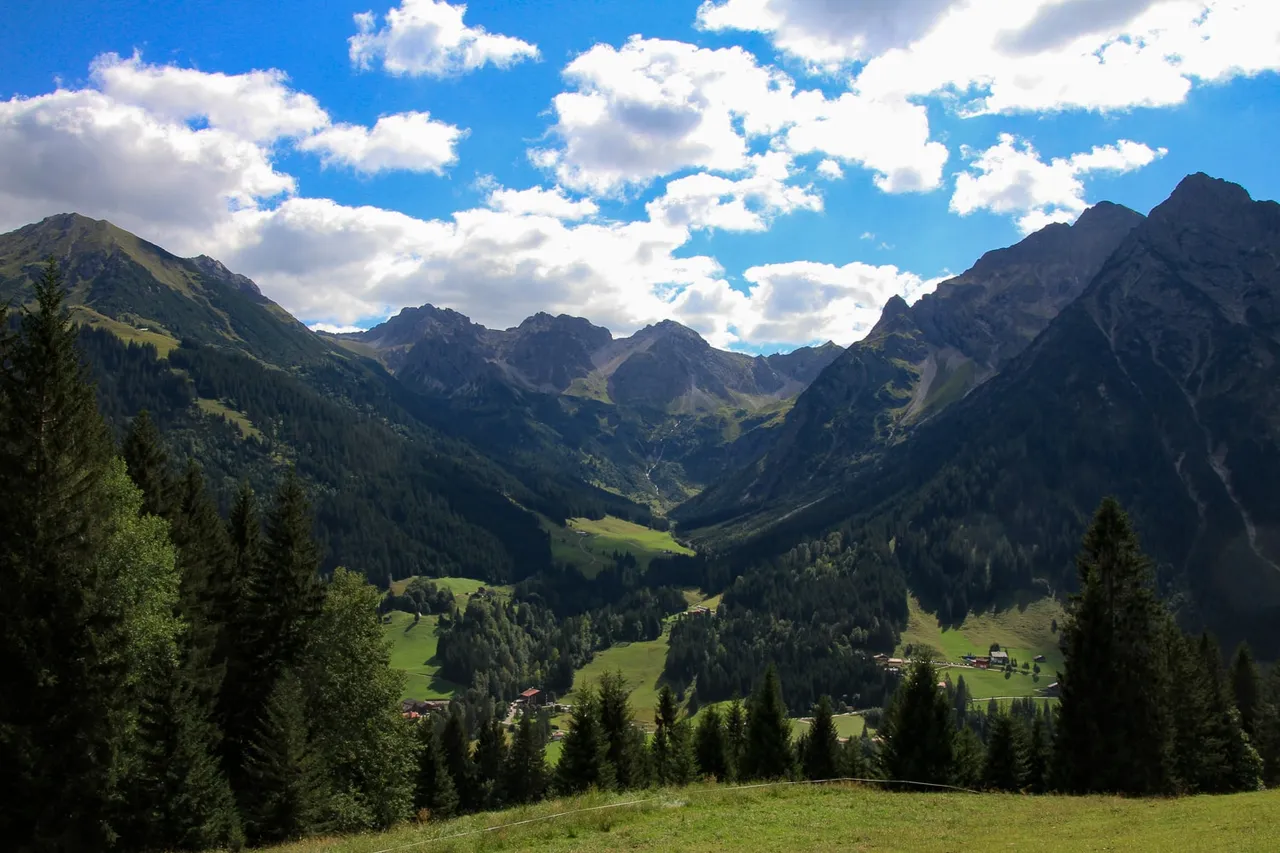
In the background the three Schafalpenköpfe. A fixed rope route leads across the three peaks at around 2300 m.
I hope you enjoyed my photographic excursion along the Kleinwalsertal. Thanks for watching and see you at stage 2 of this panorama hike.
All photos recorded by myself with a Canon EOS 7D. All rights reserved.